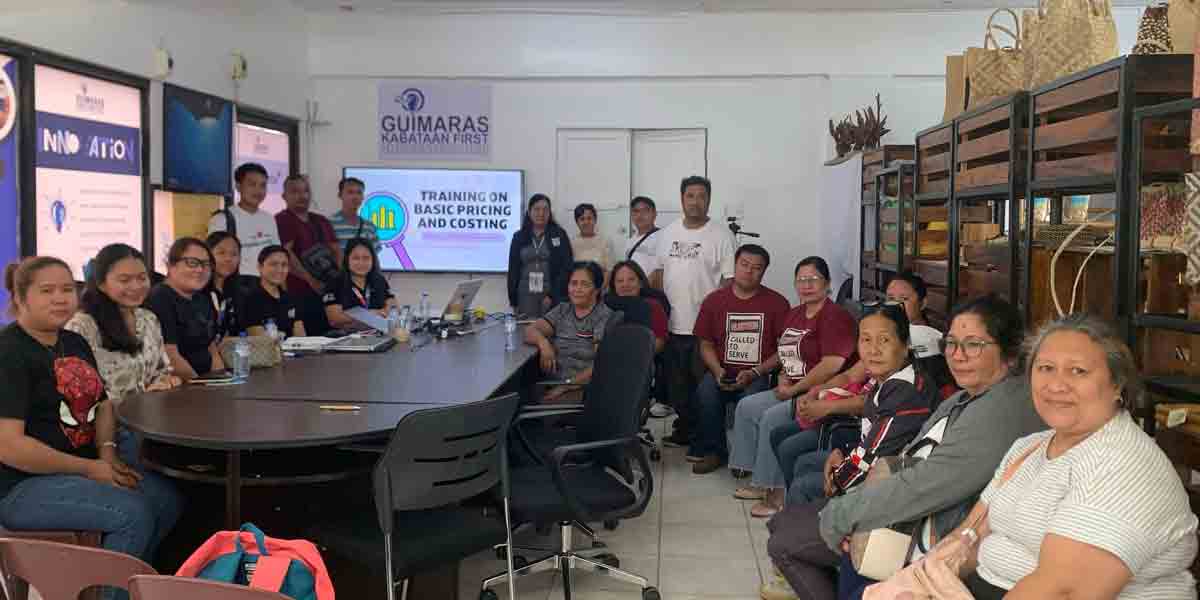By Herman M. Lagon
ILOILO City is facing a serious problem: more and more young people are joining gangs. The recent death of a 16-year-old is a tragic reminder of this issue’s importance. Right now, the Iloilo City Police Office (ICPO) is keeping an eye on 28 new youth gangs. This raises questions about why this is happening and how we can stop it.
Young people join youth gangs for many complex reasons, and these motivations can vary widely from one individual to another. Some seek a sense of belonging, finding in gangs a surrogate family that provides companionship and support. Others succumb to peer pressure, feeling compelled to join to maintain social connections or protect themselves from threats. For some, joining a gang is perceived as a means of protection from rival gangs or neighborhood violence, offering a sense of safety in dangerous environments. Economic factors, such as poverty and limited opportunities, can also push youth toward gangs as a way to earn money through illicit activities.
Identity, status, and power can lure individuals into gang life, as some marginalized youth see it as a means to gain recognition and respect. Dysfunctional family environments lacking positive role models can drive young people to seek support outside the home, often in the form of gangs. Academic struggles or disengagement from school may make gang involvement appear more attractive, and communities with high levels of gang activity can normalize such involvement, making it seem like a natural path for young people.
Media and pop culture, romanticizing gang life, can influence perceptions and lead some youth to pursue this lifestyle. The strict code of respect and loyalty enforced by gangs may appeal to those searching for structure and discipline. Furthermore, some young people may turn to gangs to cope with trauma or abuse they have experienced, finding in gangs a sense of control or an outlet for their anger.
It is crucial to recognize that many young people try harder to resist gang involvement, despite facing these risk factors. Effective prevention efforts should address these underlying issues, provide positive alternatives, and offer support and opportunities for youth to make positive choices. Intervention and rehabilitation programs can help individuals exit gangs and reintegrate into society.
Discouraging youth from joining gangs is paramount for the well-being of Iloilo City. These gangs are often associated with criminalities that pose a threat to public safety and the overall community. Banning such gangs can reduce illegal activities, enhance community safety, protect young individuals from a life of crime and violence, and improve the overall well-being of neighborhoods.
To tackle this issue, a multi-faceted approach is needed. Early intervention programs targeting at-risk youth before they become involved in gangs can be implemented in schools. Community engagement involving parents, teachers, law enforcement, and local organizations can work collaboratively to prevent gang involvement. Educational programs raising awareness about the dangers of gang involvement can be introduced in schools and communities.
Mentorship programs, career guidance, community activities, family support services, and job opportunities can offer positive alternatives to gang involvement. Empowering youth to be part of community decision-making and planning can make them stakeholders in their future. Schools can create safe and positive environments through anti-bullying programs, self-worth exercises, support system enhancement, conflict resolution training, team building, character education, student advocacies, psychological wellness, and formation programs.
Collaboration with law enforcement to identify and address gang-related issues and implement diversion programs for non-violent offenders is crucial. Building trust between law enforcement and the community (family, neighbors, barangay officials, church, schools, NGOs, etc.) through community policing efforts can encourage cooperation in addressing gang problems. Gang exit programs that support members looking to leave the gang safely and reintegrate into society can be developed.
Media literacy programs can equip young people with critical thinking skills to resist the glamorization of gangs and violence in popular culture. Continuous data collection and analysis of gang-related activities can inform prevention efforts and measure their effectiveness. Legislation and policy changes, such as curfews and enhanced penalties for gang-related crimes, can also play a role in reducing gang activity.
Public awareness campaigns can educate the community about the dangers and consequences of gang involvement, fostering a collective effort to combat the issue.
The move to propose an ordinance prohibiting the operation of gangs and imposing penalties for their illegal activities is a step in the right direction. However, a comprehensive approach involving schools, families, communities, and government agencies is needed to effectively address the causes of gang involvement and create a safer, brighter future for the youth of Iloilo City.
Understanding the psychology behind why young people join youth gangs is crucial in devising effective strategies for prevention and intervention. The government, community, families, and significant others are responsible for leading these young individuals back to paths that lead to positive futures—education, church, community work, and real jobs. The city must act swiftly and decisively to ensure that no more young lives are lost to the shadows of the streets.
***
Doc H fondly describes himself as a ‘student of and for life’ who, like many others, aspires to a life-giving and why-driven world that is grounded in social justice and the pursuit of happiness. His views herewith do not necessarily reflect those of the institutions he is employed or connected with.





















